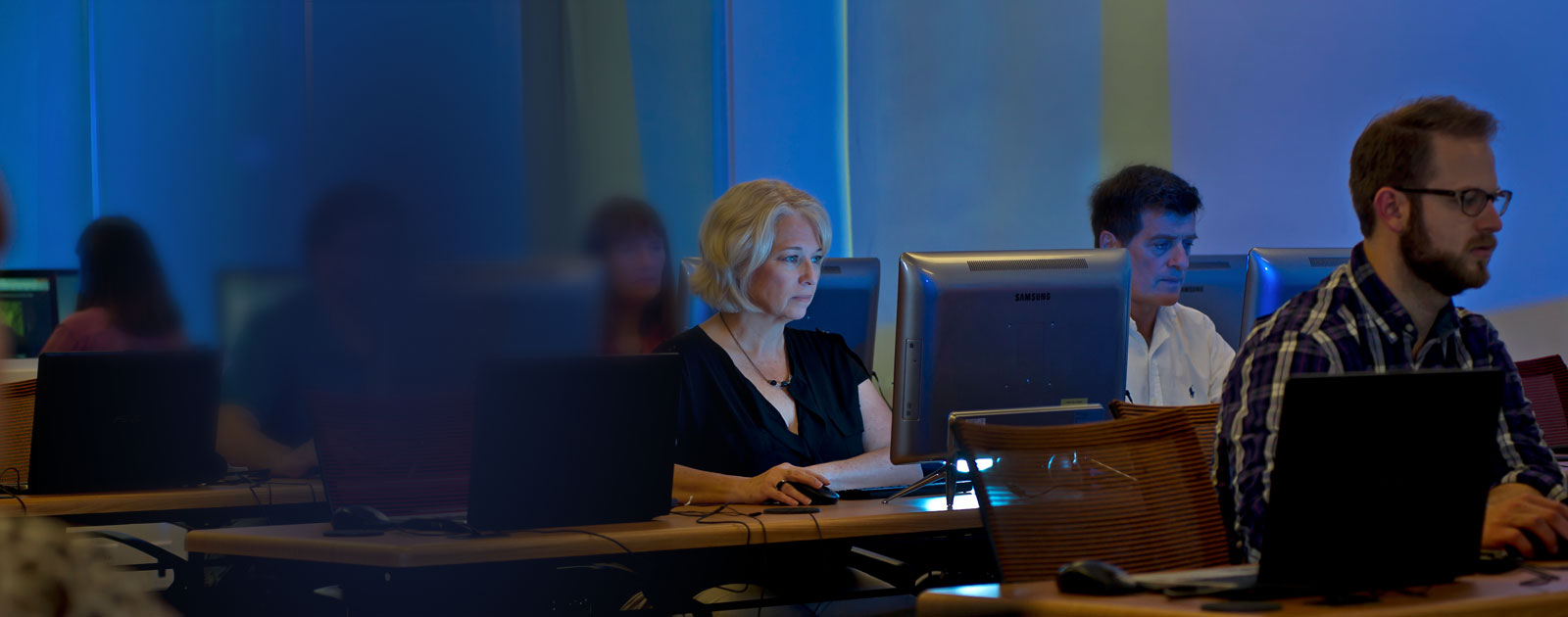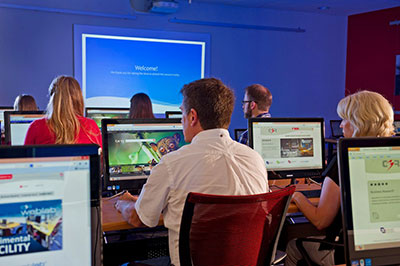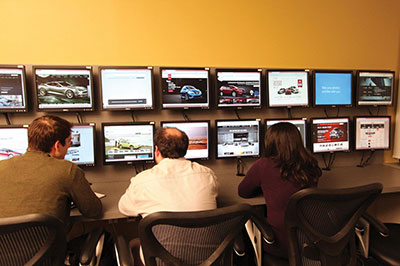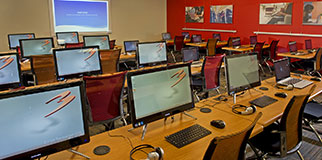As the flagship lab of C3Research, the Web Lab combines an extensive array of innovative research methods and models with outstanding research facilities. From synoptic usability studies to a programmatic, yearlong Strategic Website Redesign – we do everything with extraordinary commitment and rigor.
Here is a preview of the various types of work we do at the Web Lab:
Web Lab Resources
Spanning outward from our headquarters in Orlando, Florida, we conduct Web Lab research through our network of partner facilities throughout the world. We also use traditional research methods such as focus groups, in-depth interviews, and surveys to complement lab methodologies.
Usability & Human Centered Interaction
A website with good usability is intuitive to use, anticipates user needs, and delights the user in the way it meets those needs.
The I3R Web Brand Equity Model
Is your website an information kiosk or brand builder?
A website can be a powerful medium to build brands and drive purchase.
Many years of R&D and academic research went into building the Web Brand Equity model.
Information Channel
Moves a consumer from information processing to decision-making.
Interactivity Channel
Engages the consumer in a seamless series of intuitive and smooth interactions.
Image Channel
Builds the brand's personality through visuals, content, and copy.
Web Brand Equity Model Metrics
Competitive Benchmarking & Strategic Canvas
Web Brand Equity research has been used successfully for competitive benchmarking, understanding category drivers, identifying critical areas for site redesign, and for developing an overall website redesign strategy.
Websites often look the same:
However, competitive analysis explains why one site does better than others.


Strategic Research for Website Redesign
We view website design as an iterative process. We build website strategies through the data gathered from competitive assessment and consumer modeling exercises. The competitive assessment exercise provides information to understand the current performance of the site in relation to competitors, which involves the use of our web brand equity model. The next step is to understand the different consumers in the target market and each of their needs and motivations. Using this information, we develop a website redesign roadmap that provides actionable steps moving forward. Once these steps have been implemented, the process starts again to continually optimize the site for the best consumer experience and conversion.


Competitive Assessment
- Competitive Site Ratings on Web Brand Equity Model metrics
- Competitive Drivers in the Category
- Competitive Benchmarking – who is the best in each of the drivers.

Consumer Modeling
- Needs and Gratification
- Search Strategies / Key Words Tree
- Information Needs and Processing
- Decision Making
- Segments / Personas

Website Redesign Roadmap
- Deep dive to understand where we stand vis-à-vis competitive benchmarks
- What can we do to strengthen Web Brand Equity
- How can we increase conversion
- New Site Concept / Tool generation and Testing












